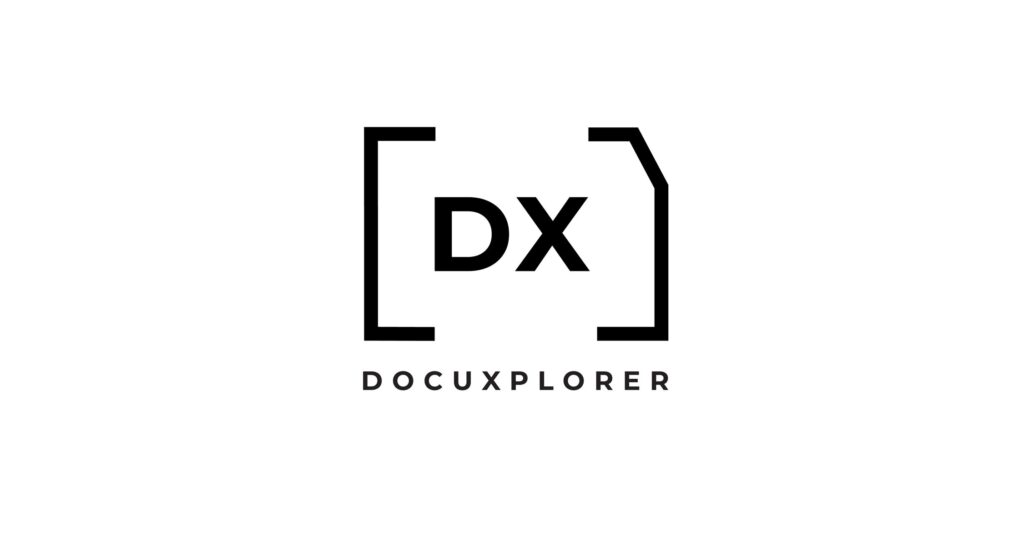In today’s competitive business environment, organizations are constantly seeking ways to enhance efficiency and reduce operational burdens. Document-intensive tasks, such as data entry, filing, and document retrieval, often consume valuable time and resources in small and medium-sized businesses (SMBs). The emergence of automated solutions, powered by artificial intelligence, presents a compelling opportunity for these organizations to streamline their workflows significantly.
DocuXplorer’s recent announcement of a suite of AI features, including AI OCR, AI Capture, and AI Insights, provides an excellent example of how SMBs can leverage technology to free up their workforce for more strategic tasks. For instance, AI OCR, or optical character recognition, allows businesses to convert scanned documents and images into digital, editable formats. This technology can be particularly beneficial for firms dealing with invoices and contracts, as it automates the extraction of relevant data, saving hours of manual effort.
To begin implementing these tools, businesses can follow a structured approach. First, identify specific document workflows that are time-consuming and prone to error. This requires an audit of current processes to pinpoint bottlenecks. For example, consider the monthly invoicing process. By integrating AI OCR, you can scan incoming invoices and automatically capture the relevant data fields such as vendor names, amounts, and dates, thereby reducing manual data entry errors.
Next, consider using a platform such as Make or Zapier to facilitate the integration of AI tools into existing systems. These platforms enable users to design automated workflows without needing to code. For example, set up a workflow that connects your email account to the DocuXplorer platform. Using this connection, any incoming invoices can be automatically forwarded and processed by the AI OCR tool. This automation reduces the time staff spend sorting through emails and ensures that no invoice is overlooked.
Following the capture of data, AI Capture can further streamline workflows by automating filing processes. With AI Capture, you can establish rules for how different types of documents should be categorized and stored. For instance, you might designate that all invoices should be filed under a specific folder in DocuXplorer. As documents are processed, the AI tools can apply these rules automatically. This not only maintains an organized document repository but also allows employees to focus on higher-value tasks such as financial analysis and client communication.
AI Insights introduces another layer of capability that SMBs can utilize to their advantage. This tool acts as a private AI chat interface that can directly access an organization’s document library. By enabling employees to enter conversational prompts to summarize documents or identify patterns across files, AI Insights provides a means to convert existing information into actionable insights. For instance, if a team is preparing for an annual review, they can quickly ask the AI about trends in spending or performance figures without wading through multiple reports. This can significantly enhance decision-making processes and support strategic initiatives.
However, while the potential benefits of these AI-powered features are substantial, organizations must also consider the risks associated with their implementation. Data privacy and security are paramount concerns, especially when dealing with sensitive company information. Unlike external AI models, DocuXplorer has structured its AI Insights to exist solely within its platform, mitigating exposure to external data privacy issues. Still, a careful planning process is essential, which involves identifying data sources that will be used with these tools and ensuring compliance with regulations governing data usage.
As with any investment in technology, it is critical for SMB leaders to assess the return on investment (ROI) associated with these automation initiatives. Tracking performance metrics before and after implementation provides valuable data to justify the costs incurred. Key performance indicators, such as time saved in document processing or a reduction in errors, can demonstrate the efficacy of the tools. Additionally, employee satisfaction and engagement can improve as workload decreases, leading to a more focused and productive workforce.
To maximize the effectiveness of automation, it is wise to foster a culture of continuous improvement. Periodic reviews of your automated processes will highlight areas for further enhancement. For example, as your business needs evolve, the AI algorithms can be fine-tuned to capture new types of data or accommodate changes in operational procedures. This adaptability is one of the hallmarks of a successful automation strategy and allows SMBs to stay agile in a rapidly changing market landscape.
In conclusion, the integration of AI features such as DocuXplorer’s AI OCR, AI Capture, and AI Insights represents a significant opportunity for SMBs to revolutionize their document management processes. By automating repetitive tasks, streamlining workflows, and generating actionable insights, organizations can maintain control over their data while enhancing productivity and efficiency. These technologies ultimately empower businesses to allocate more resources toward strategic initiatives rather than mundane, time-consuming tasks.
FlowMind AI Insight: Embracing AI-driven automation not only streamlines operations but also promotes a culture of efficiency and continuous improvement. This balance of technology and human expertise will define the future success of agile businesses in a dynamic market.
Original article: Read here
2025-04-29 07:00:00

